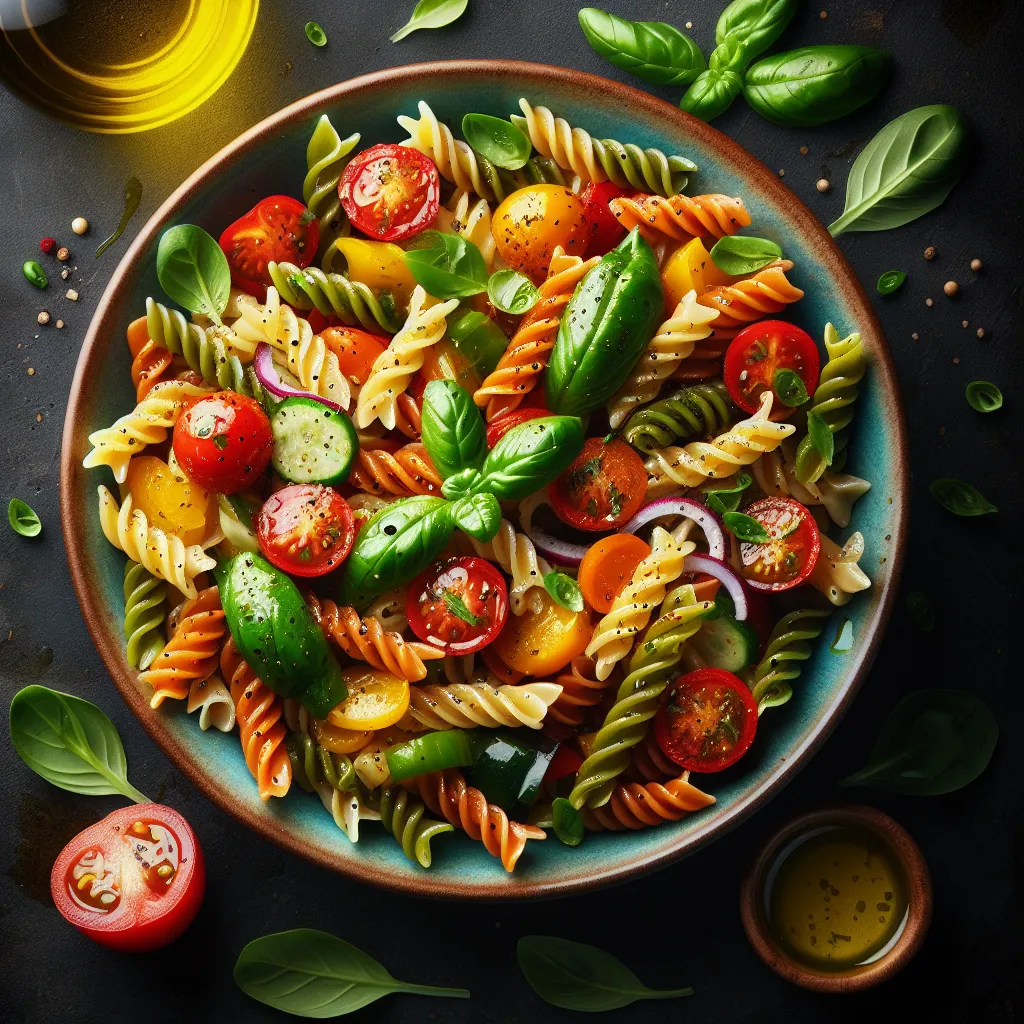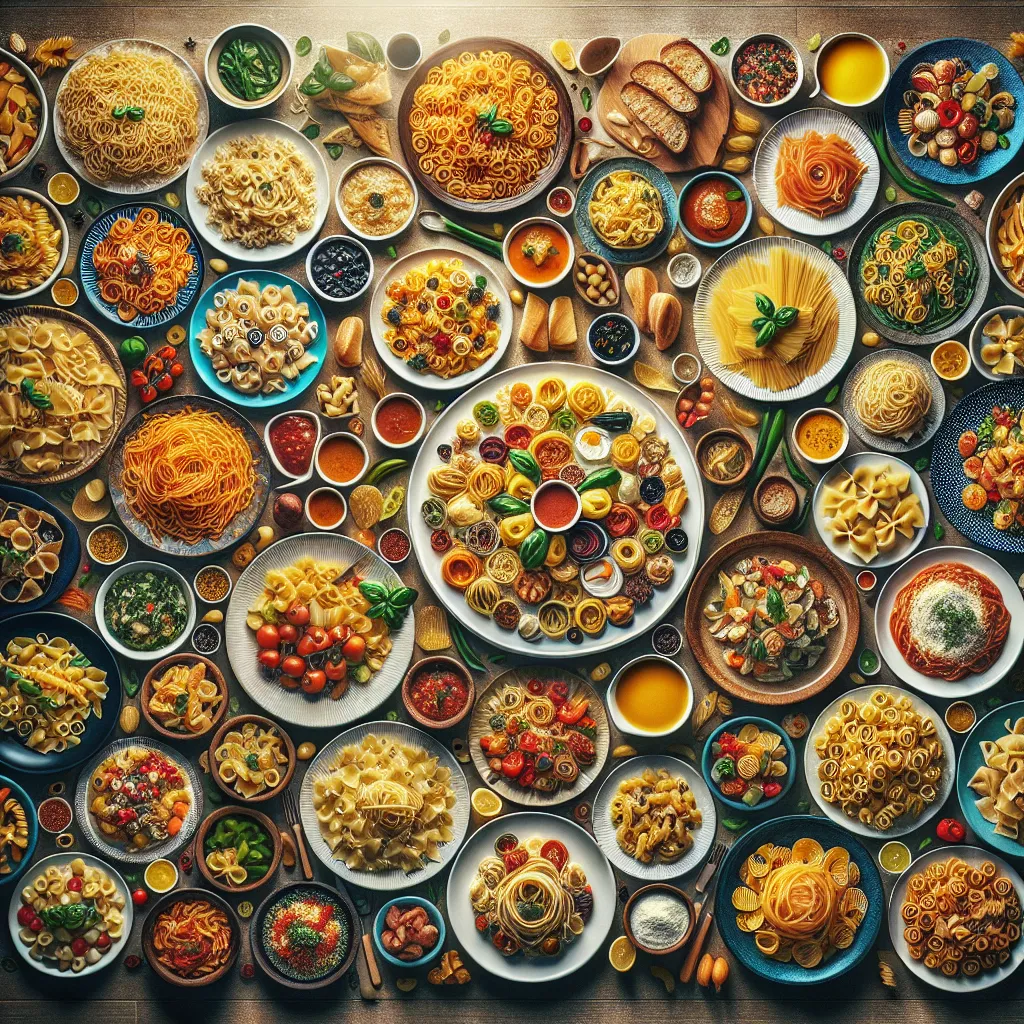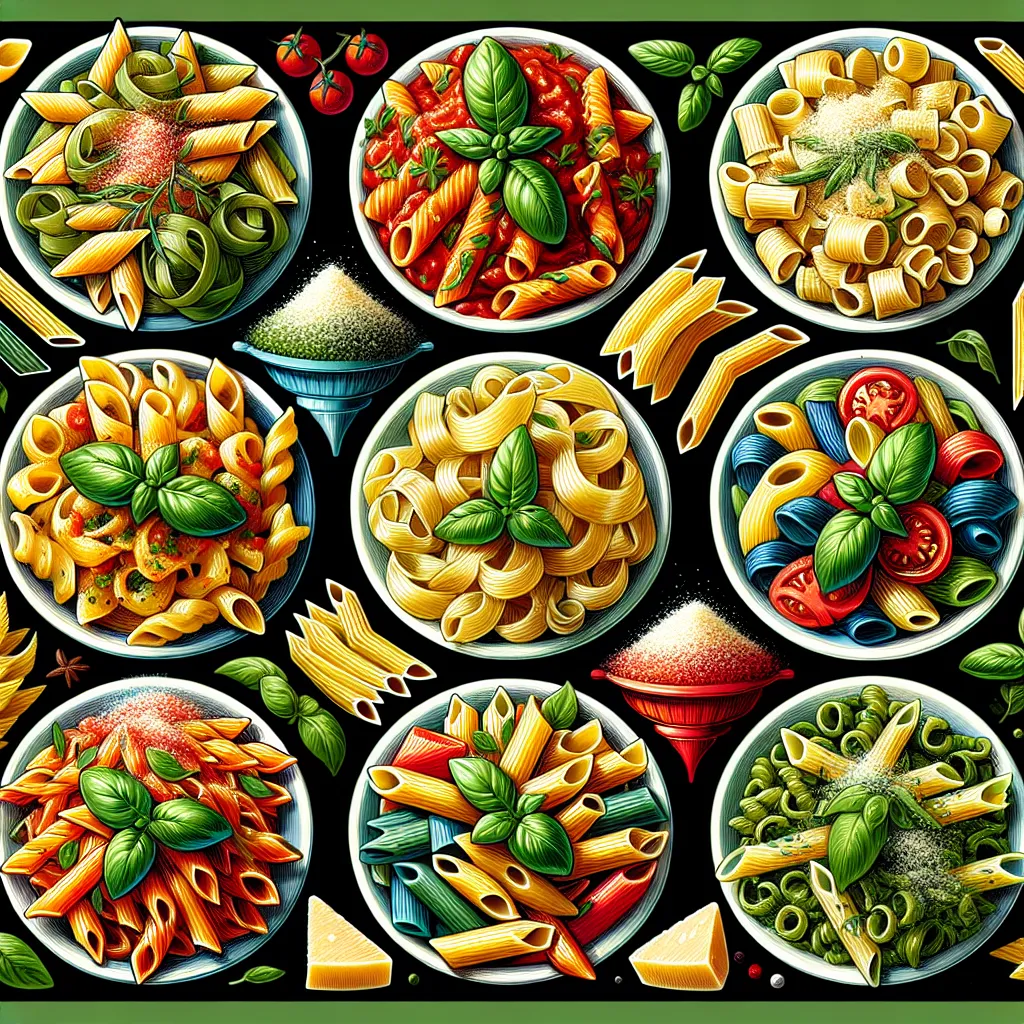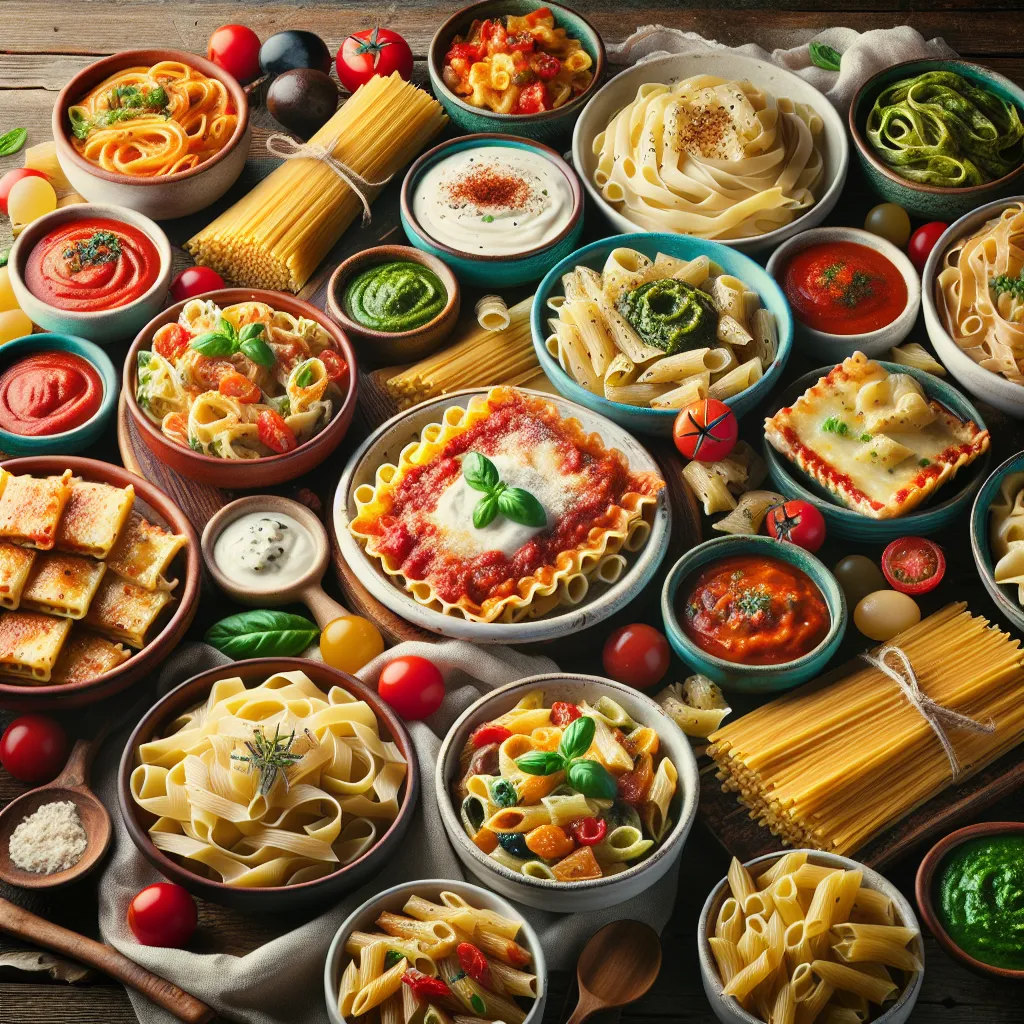The History and Diversity of Pasta
Pasta dishes have become a beloved staple in cuisines around the world. The history and diversity of pasta are as rich and varied as the dishes themselves. The origins of pasta can be traced back to ancient civilizations such as the Etruscans and Romans, who made a simple pasta dough from flour and water. Over time, pasta-making techniques spread throughout Europe, and it wasn’t until the 13th century that dried pasta, similar to what we eat today, made its appearance.
Italian cuisine is perhaps most closely associated with pasta, and it’s no wonder, given the country’s immense contributions to pasta diversity. Each region of Italy boasts its own unique pasta shapes and styles, influenced by local ingredients and traditions. From the long, thin strands of spaghetti in the south to the short, ridged penne in the north, the variety of pasta in Italy is staggering.
Outside of Italy, pasta has been enthusiastically adopted and adapted into a myriad of international cuisines. In Asia, noodles of all shapes and sizes take center stage in dishes such as Japanese ramen, Chinese lo mein, and Vietnamese pho. Similarly, in the Americas, pasta has been embraced in dishes like Mexican fideo and South American tallarines.
The diversity of pasta extends beyond shape and size—there are countless varieties made from different flours, such as whole wheat, rice, and even legumes, catering to various dietary preferences and restrictions. Gluten-free pasta, for example, has become increasingly popular in recent years, allowing individuals with gluten sensitivities to enjoy pasta dishes without compromise.
As we explore the delightful world of pasta dishes, it becomes evident that the history and diversity of pasta are integral to its enduring popularity. From its humble beginnings to its global presence, pasta continues to captivate and inspire with its endless possibilities.
Traditional vs. Contemporary Pasta Recipes
When it comes to pasta dishes, the culinary world offers a delightful array of traditional and contemporary recipes that cater to diverse palates. Traditional pasta recipes, rooted in the rich culinary heritage of regions like Italy, feature time-honored combinations of ingredients and cooking techniques. From the classic simplicity of spaghetti aglio e olio to the comforting richness of lasagna, these dishes reflect the deep cultural significance of pasta in traditional cuisine.
On the other hand, contemporary pasta recipes have stepped beyond the boundaries of tradition to embrace innovative flavors, textures, and presentations. Chefs and home cooks alike are experimenting with unconventional ingredient pairings, fusion-inspired creations, and modern plating techniques to elevate the art of pasta-making. Dishes such as truffle-infused ravioli, spicy Thai-inspired pad thai, and vibrant vegetable-based zoodles showcase the evolution of pasta into a versatile canvas for creativity.
While traditional pasta recipes celebrate the time-tested essence of authentic flavors, contemporary interpretations add an exciting twist to the culinary landscape. Whether honoring age-old traditions or embracing modern gastronomic trends, the world of pasta dishes continues to captivate food enthusiasts with its endless possibilities.
Health Benefits of Pasta-based Dishes
When it comes to savory and satisfying meals, pasta dishes are a timeless favorite for many. Not only are they versatile and delicious, but they also offer a range of health benefits when prepared with wholesome ingredients. Whole grain pasta, for example, is an excellent source of complex carbohydrates, fiber, and essential nutrients such as iron, magnesium, and B vitamins. These nutrients play a crucial role in supporting overall health, aiding in digestion, and providing long-lasting energy.
Additionally, pasta-based dishes can be enriched with an assortment of nutrient-packed vegetables, lean proteins, and heart-healthy fats. When combined with a variety of colorful vegetables like tomatoes, spinach, and bell peppers, pasta dishes become a delectable way to increase your daily intake of vitamins, minerals, and antioxidants. Lean proteins such as grilled chicken, shrimp, or tofu can further enhance the nutritional profile of pasta meals, providing vital amino acids and promoting muscle repair and growth.
Furthermore, the Mediterranean style of pasta dishes, featuring olive oil, garlic, and herbs, offers an abundance of health benefits due to the inclusion of monounsaturated fats and anti-inflammatory properties. This can contribute to improved cardiovascular health and reduced risk of chronic diseases. It’s important to exercise portion control and opt for whole grain or legume-based pasta to maximize the health benefits of these delightful dishes.
In conclusion, pasta dishes can be a wholesome and nourishing addition to a balanced diet when prepared thoughtfully. By incorporating whole grain pasta, nutrient-rich ingredients, and healthy cooking methods, pasta-based meals can offer a delightful way to promote overall well-being.




